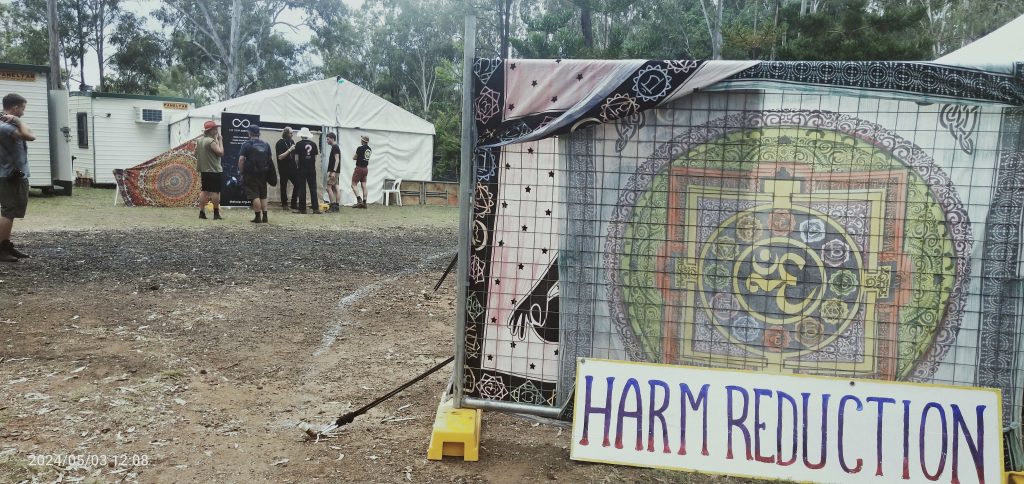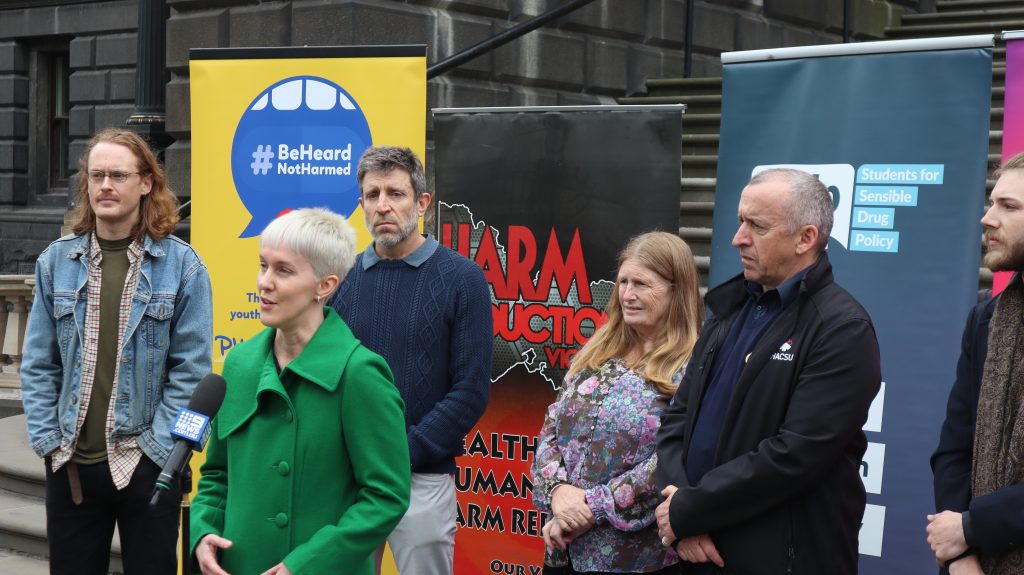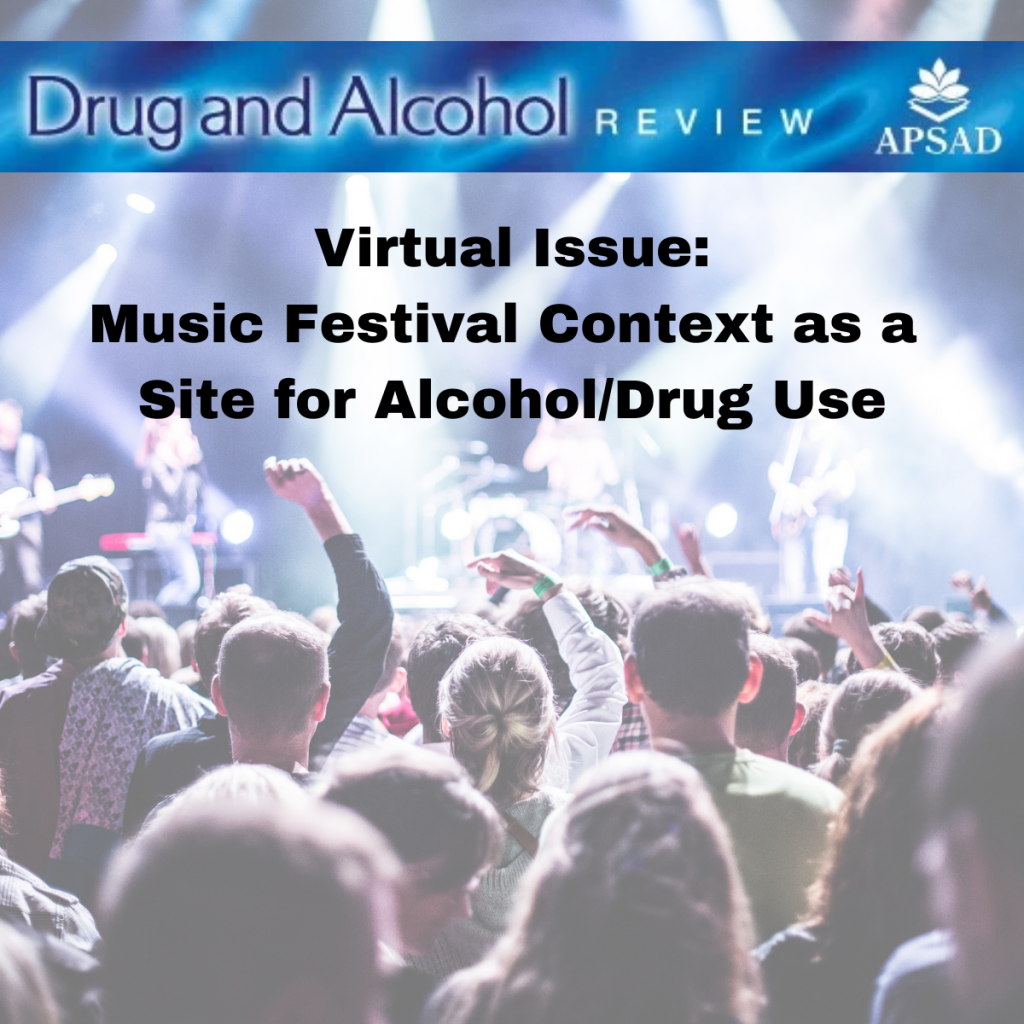
The Loop Australia’s drug checking service at Earth Frequency Festival, May 2024 (Qld)
The supply of illegal drugs is unregulated due to prohibition. Unregulated supply results in drugs being sold that are of unknown content and strength, leading to overdoses which are sometimes fatal. Drug checking (a.k.a. pill testing) services (DCS) are a health response to this problem: members of the public submit substances of concern for chemical analysis and get the results back alongside a tailored health intervention. They empower people who use drugs to make informed decisions about their health, while also enabling communities and authorities to amplify health messages when toxic adulterations are detected.
While relatively new in Australia, DCS have been established for 50+ years in 30+ countries. But there is still much we don’t know. Knowledge gaps include: (1) the medium-to-long-term effectiveness of DCS on reducing drug harms, (2) the effects of the public outputs of DCS on drug harms, (3) how best to leverage community experiences of toxic drug outbreaks, and (4) how best to reach diverse groups.
A PhD candidate is sought to lead a research project to address one or more of these knowledge gaps, supervised by me/Monica, who leads a research program focused on emerging drug market trends. I have a partnership with The Loop Australia, offering access to service-level data and internship possibilities. The candidate may have an academic background in qualitative, quantitative or mixed methods approaches to research. People with living or lived experience of substance use and/or who have worked with people who use drugs are encouraged to apply.
To be considered for this PhD Scholarship at RMIT University, applicants must meet the Eligibility criteria and English requirements as described on the How to Apply page, and should ideally meet the selection criteria below:
- Hold a degree (Honours or Masters) with a demonstrated research component. HD level grades are desirable. Relevant disciplines include but are not limited to psychology, sociology, criminology, health sciences, epidemiology.
- Excellent written and verbal communication skills, with an ability to explain technical detail to non-technical audiences.
- Previous demonstrated experience conducting quantitative, qualitative or mixed methods research with humans on health or social topics (please describe what kinds of research you have experience with, what roles you played in these projects, and analysis techniques, approaches and software you have used)
- Previous interest in, or knowledge of, the drugs and harm reduction fields. While demonstration of existing knowledge of the drugs field is desirable, candidates with demonstrated research expertise in other fields are still welcome to apply.
- People with living or lived experience of substance use and/or who have worked with people who use drugs are encouraged to apply. If you do not hold one of the qualifications detailed under the Eligibility criteria on the How to Apply page, you will only be considered for scholarship if you have previous publications or significant research experience at the discretion of the project lead.
All applicants should email the following to Dr Monica Barratt, monica.barratt@rmit.edu.au
- a cover letter, which should directly address each of the key selection criteria (see above)
- your academic transcript
- your Curriculum Vitae, including a section on research skills and their application
- a 1-2 page research proposal focusing on responding to unregulated drug markets with drug checking services
The research proposal is a key part of the application process where applicants must demonstrate the value of their research and their suitability for scholarship selection.
Your proposal should be developed under the following headings:
- Title
- Research questions you plan to investigate in the context of existing research/literature
- Methodology/research tasks required to undertake the research
- Significance and impact of the research
Applications close Sunday 20th October 2024!
Following the scholarship closing date, these applications will be assessed, with applicants making the first round invited to a casual chat. Second round applicants will be asked to participate in an interview.





